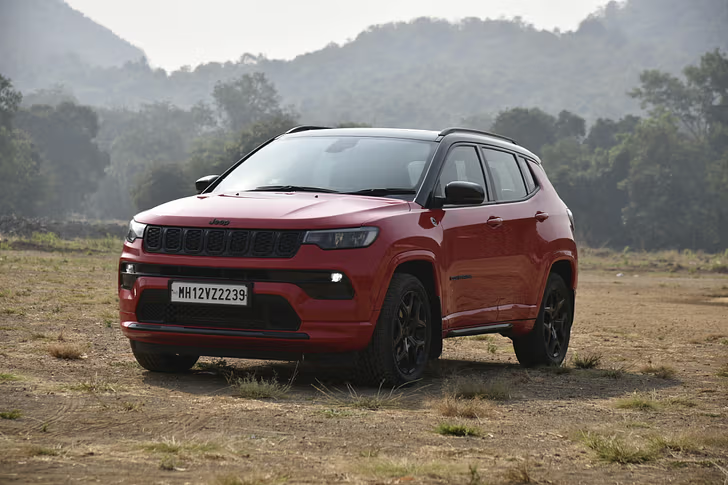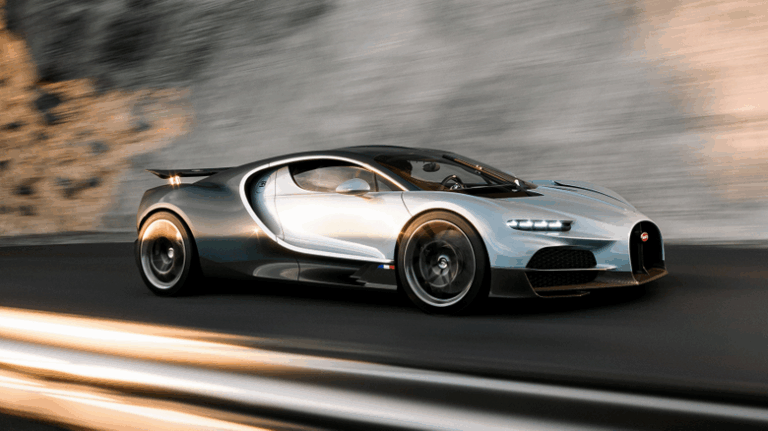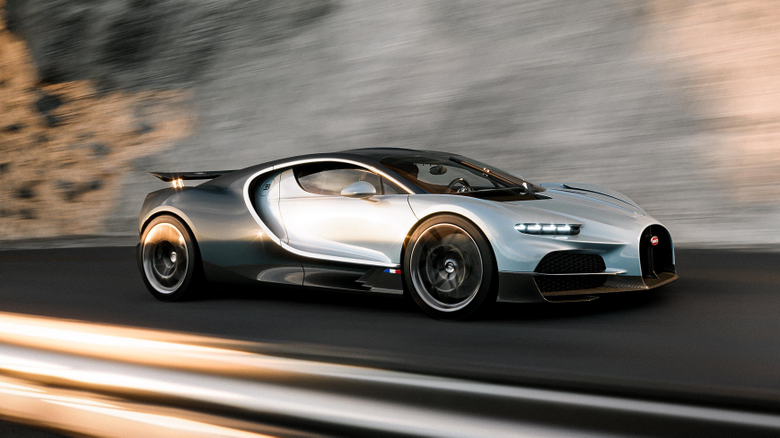
When Bugatti unveiled the Tourbillon in June 2024, the automotive world stood still. A direct successor to the Chiron, the Tourbillon wasn’t just another hypercar—it was a bold redefinition of what a next-generation Bugatti could be. Named after a French watchmaking innovation from 1801, the Tourbillon pays homage to the brand’s Molsheim heritage and its relentless pursuit of perfection.
To create a car that honors Ettore Bugatti’s philosophy—”if it can be compared, it’s no longer a Bugatti”—the development team had to break boundaries. The result? A car that redefines aerodynamic excellence, performance, and artistry.
A New Chapter in Hypercars
Under the leadership of CEO Mate Rimac, Bugatti didn’t take shortcuts in replacing the Chiron. Instead of an incremental upgrade, Rimac opted for a ground-up redesign that balances electrified performance with timeless beauty.
“The development of the Bugatti Tourbillon was guided step by step by Bugatti’s 115-year history,” Rimac stated. “Beauty, performance, and luxury formed the blueprint for the Tourbillon—a car more elegant, more emotional, and more luxurious than any car before it.”
Bugatti’s history is rich with icons like the Type 35, Type 41 Royale, and the 57SC Atlantic. The Tourbillon doesn’t just pay tribute to these vehicles; it advances their legacy with modern engineering and digital development.
Powertrain: The Heart of the Tourbillon
Naturally Aspirated V16 Engine
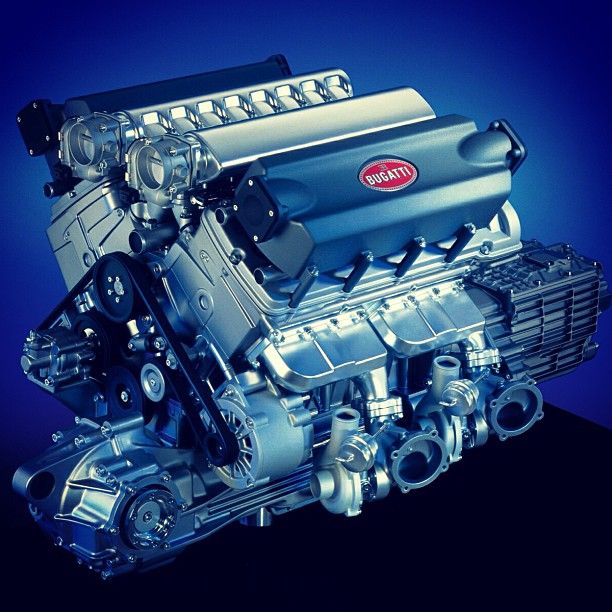
The Tourbillon and Chiron may share visual DNA, but their mechanical hearts are vastly different. The Chiron used a quad-turbo W16 engine, while the Tourbillon embraces a naturally aspirated 8.3-liter V16, developed with Cosworth. Weighing under 556 lbs (252 kg), the engine revs to an astonishing 9,000 rpm and produces 1,000 horsepower on its own.
Hybrid System: Electric Power Meets Mechanical Art
To push performance further, Bugatti integrated a three-motor electric system:
- Two motors on the front e-axle
- One motor on the rear axle
This system is powered by a T-shaped 800V battery, delivering up to 25 kWh and enabling up to 37 miles (60 km) of electric-only driving.
When combined, the hybrid system produces 800 electric horsepower, bringing the Tourbillon’s total output to 1,800 horsepower.
All this power is managed by an 8-speed dual-clutch transmission, with all-wheel drive and torque vectoring for razor-sharp control.
Performance Benchmarks
The Tourbillon’s numbers are staggering:
- 0 to 62 mph (100 km/h): Under 2 seconds
- 0 to 248 mph (400 km/h): Under 25 seconds
- Top speed: 236 mph (380 km/h) standard; 276 mph (445 km/h) with the Speed Key
But numbers don’t tell the whole story. The real magic lies in how the Tourbillon achieves these feats—through advanced aerodynamics.
Engineering the Tourbillon’s Aerodynamic Advantage
“The Chiron was already low-drag,” said Paul Burnham, Bugatti’s Chief Vehicle Engineer. “But with the Tourbillon, we needed to go beyond.”
Computational Fluid Dynamics (CFD)
Bugatti’s engineers began with 15 months of CFD simulations to create the Tourbillon’s basic aerodynamic profile. This digital testing allowed them to evaluate airflow behavior in high-resolution environments.
Wind Tunnel Testing
Fifteen months before its global debut, Bugatti built a half-scale wind tunnel model of the Tourbillon. This model consisted of 250 3D-printed pieces and over 100 pressure taps to measure air behavior across every contour.
Engineers focused on:
- Static pressure mapping
- Mass airflow measurement
- Velocity optimization
By swapping parts and testing variables, they evolved the shape to maximize high-speed stability while ensuring agility at lower speeds.
From Model to Reality
Eventually, Bugatti transitioned from model to full-scale prototype. Back in the wind tunnel, they validated whether CFD data matched real-world conditions.
“We scrutinized airflow through the radiator channels, the intakes behind the C-line, and the cooling requirements of the hybrid powertrain,” Burnham explained.
The final result: a design that met or exceeded all internal targets for drag, downforce, and airflow.
Design: Aesthetic Meets Function
While maintaining Bugatti’s core styling cues—like the horseshoe grille, central spine, Bugatti line, and two-tone split—the Tourbillon advances aerodynamic design:
- Lower frontal area for less drag
- Lower-profile greenhouse to reduce air resistance
- Fixed rear diffuser that contributes to aerodynamic balance
- Smaller, sleeker active rear wing that works in tandem with the diffuser
The result? 276 mph top speed with no need to deploy the wing.
Building Beyond the Chiron
Bugatti engineers didn’t simply iterate; they innovated.
- The Chiron’s drag coefficient stood at 0.35 (Top Speed mode) or 0.38 (Standard).
- The Tourbillon improves on both figures despite being a hybrid, thanks to integrated aerodynamic channels, tighter packaging, and seamless body sculpting.
Inspired by Ettore Bugatti’s philosophy of rejecting compromise, the engineering team went deeper than ever. As Rimac noted, “Ettore never wanted the simplest solution—only the best, even if it didn’t exist yet.”
The Future of Performance, Made by Hand
Only 250 units of the Tourbillon will be produced, each with a starting price of $4 million (3.8 million euros). Every vehicle will be handcrafted at Bugatti’s Atelier in Molsheim, with deliveries beginning in 2026.
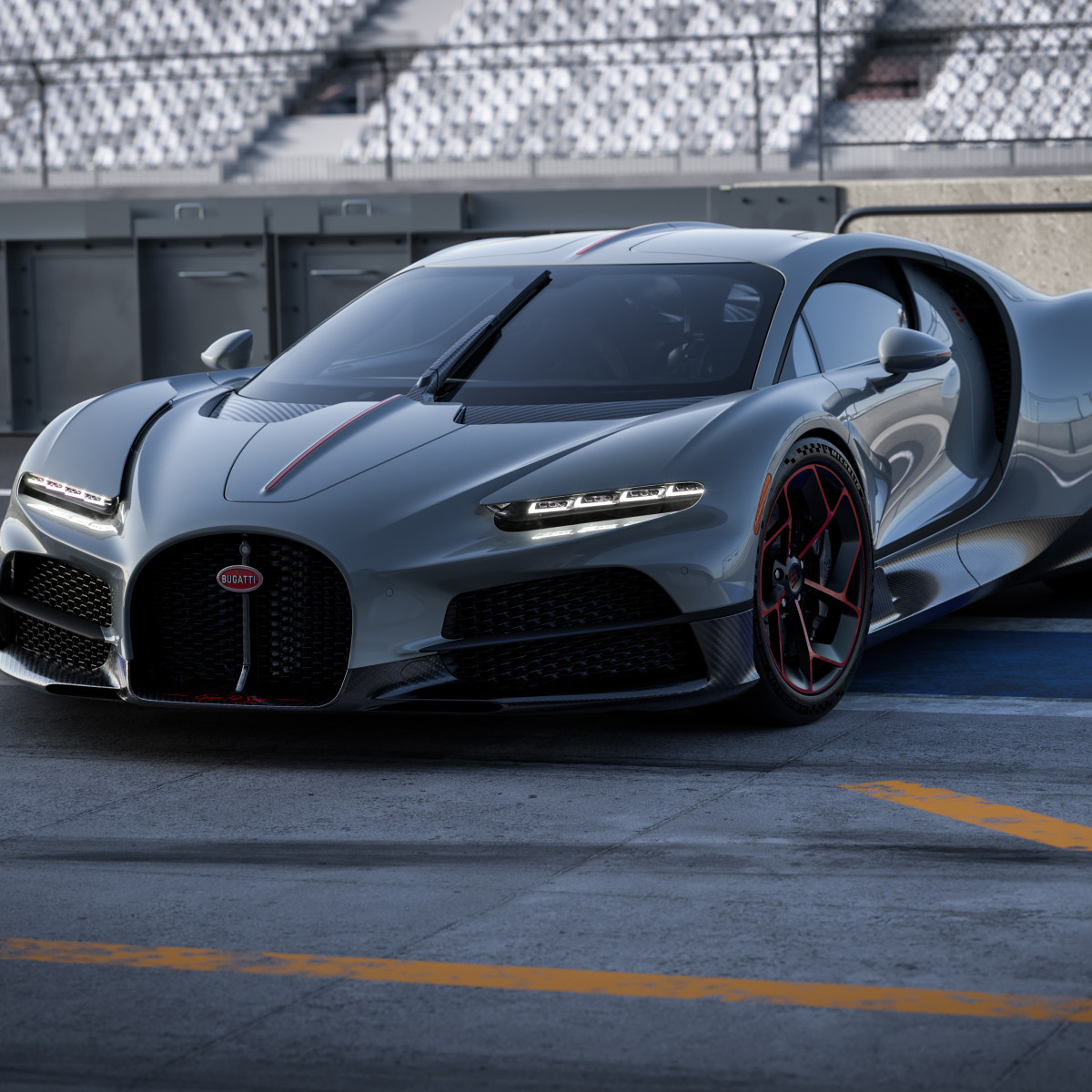
This level of exclusivity ensures not just performance but artisanal quality. No two Tourbillons will be exactly the same.
What Makes the Tourbillon a Game-Changer?
- First naturally aspirated V16 in decades
- Hybrid powertrain with 800V system
- Benchmark aerodynamics for a hybrid hypercar
- Fully validated CFD + wind tunnel development
- Drag efficiency paired with beauty
The Tourbillon doesn’t aim to beat the Chiron on paper alone. It redefines what a hypercar can be in the electric era, combining mechanical purity with digital precision.
The Legacy Continues
Bugatti has always stood for more than speed. It’s about artistry, innovation, and soul. The Tourbillon represents a new generation of that vision.
Rimac summarized it best: “We looked at what Ettore and Jean Bugatti did a century ago, and we applied that mindset with today’s technology. The Tourbillon is not just the next Bugatti; it’s the ultimate one.”
From concept to creation, every inch of the Tourbillon was designed to honor a legacy while paving the road ahead. Through engineering brilliance, aerodynamic mastery, and passion-driven design, the Bugatti Tourbillon emerges as not just a successor—but a supercar legend in its own right.

